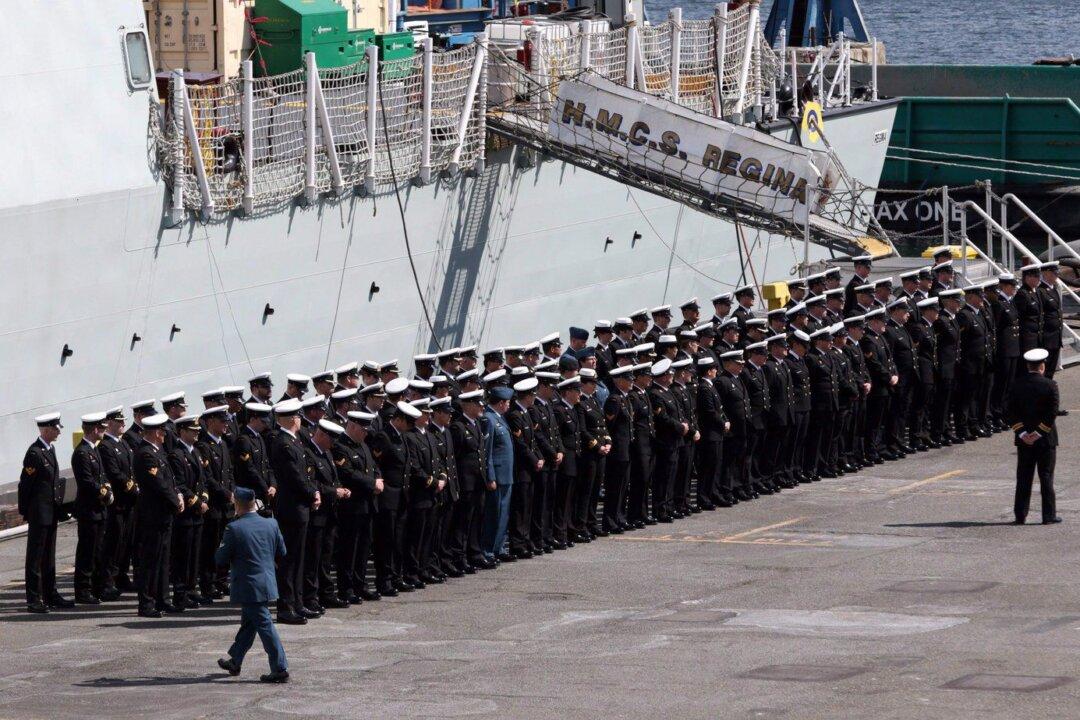A Canadian warship was deployed to the Bering Strait in July to keep an eye on a Chinese polar research vessel as it navigated the passage between Russia and Alaska, underscoring Beijing’s growing interest in the region.
The HMCS Regina shadowed the Chinese Research Vessel Xue Long 2 sometime between July 7 when it left its home port of Esquimalt, B.C., and July 25 when it returned.





